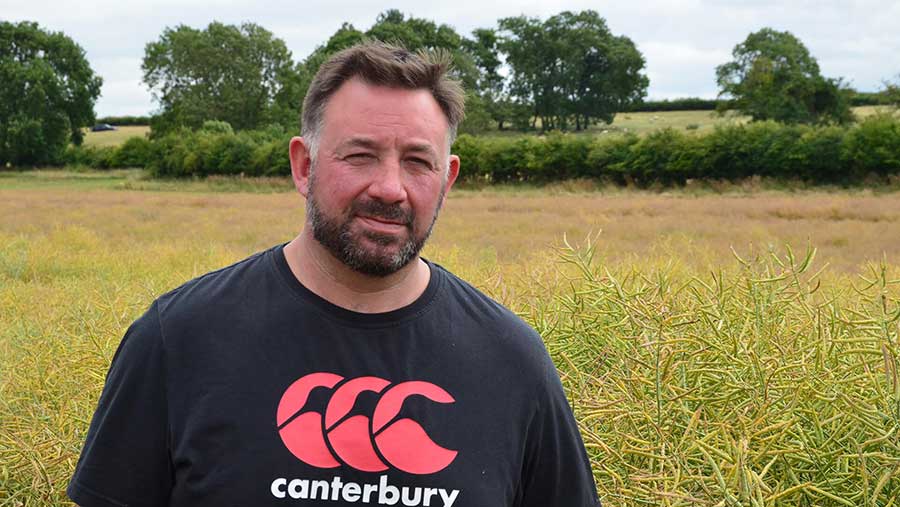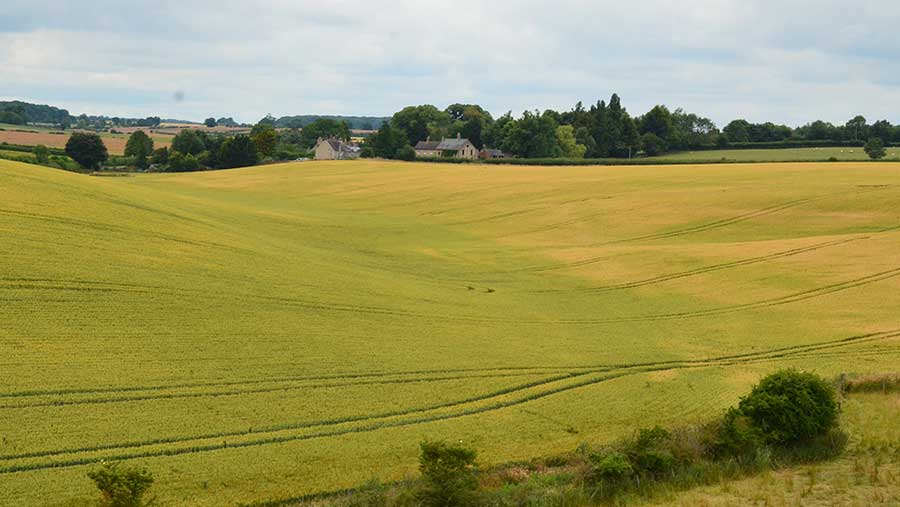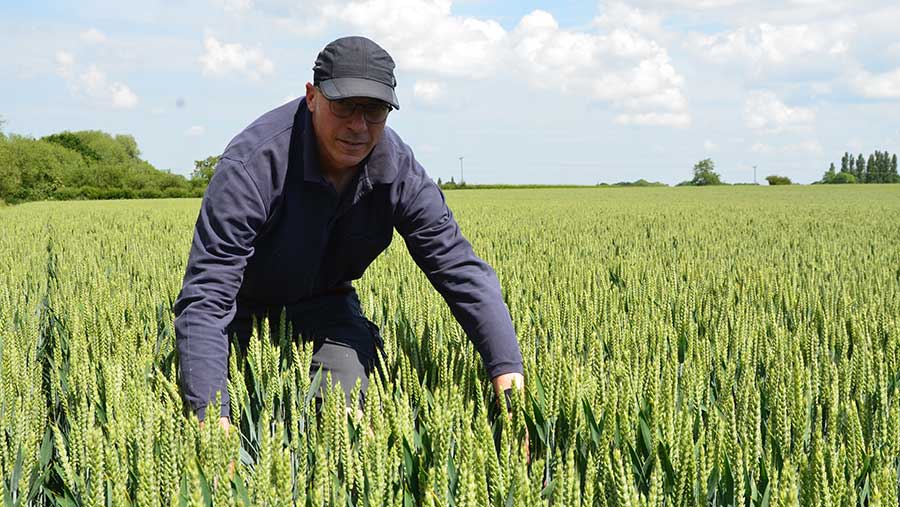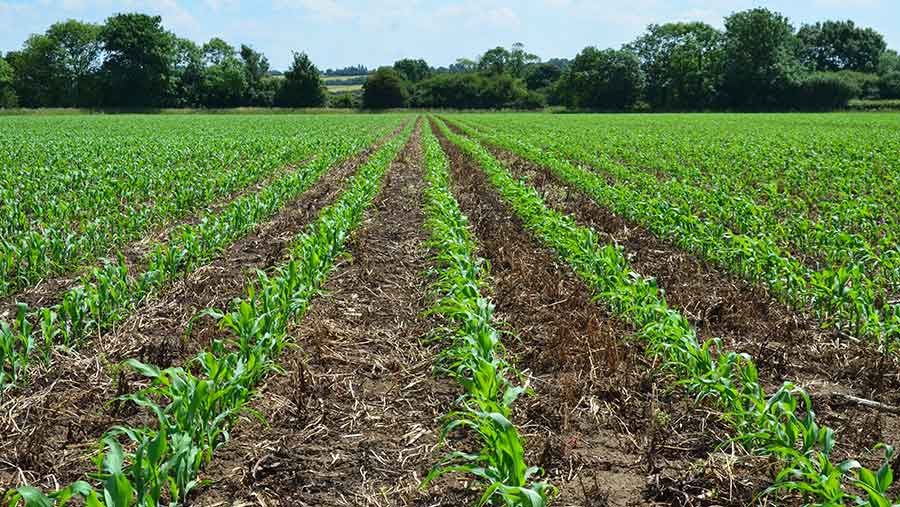Advertiser content
Claydon drilling: Not just a stepping stone to zero till
Provided by
The Claydon family have farmed the heavy clay land of Suffolk since the early 1900s. Jeffrey and Frank Claydon are the third generation to farm the land now under the E.T. Claydon and Sons family partnership name. The brothers started out in 1970 and still farm the land today. The manufacturing side of the business began in 1981, when Claydon Yield-o-Meter was established to sell its yield monitoring system.
Claydon Drill machines are developed on a working farm by farmers for farmers. All of our farm machinery is truly tried and tested in real farming conditions in a real farm environment before they are brought to market.
We don’t just listen to the end user – we are the end user.
Claydon has over 20 years’ experience providing cost-cutting crop establishment solutions to farmers who want to improve soil health and maintain yields, while mitigating against extreme weather events.
The design of the Claydon Opti-Till® drill offers farmers many benefits for the soil and crops on their farm.
The direct strip drill’s leading tine aerates and loosens soil in the seeding and rooting zone, leaving the soil structure intact.
This zonal cultivation provides ideal conditions for crops to flourish and also improves soil health, making for happy earthworms and increased soil biota.
The cost and time savings over conventional establishment and min-till systems are significant in terms of less fuel, fewer wearing parts, reduced tractor hours and labour.
Less time required to put seed in the soil means farmers have a wider working window and can drill when conditions are more favourable rather than being forced into a corner when the weather takes a turn for the worse.
The Claydon drill can be used to improve soil conditions on farm up to a level where zero-till establishment can be carried out although this may not bring all the benefits in all situations.
Lincolnshire farmer Will Gilman operated a plough-based cultivations system up to 2010 before moving to Claydon direct strip-till to cut down his costs and labour, and to move less soil and reduce risk of exposure to heavy rain.

Will Gilman has returned to the Claydon Opti-Till® system © Claydon
After five years, Will felt that soil conditions had improved sufficiently to pursue a zero-till route.
However, this resulted in a yield drop and compaction problems on headlands in particular which the Claydon drill’s leading tine had been successful in alleviating previously.
Will has since returned to the Claydon system, purchasing a 6m mounted Hybrid drill with a TerraBlade inter-row hoe:
“Since switching from conventional direct-drilling to direct strip-seeding with the Claydon Opti-Till® System, the performance of our crops has vastly improved, particularly on headlands.
“The key is to understand the concept and how to get the best from it.”

Will Gilman’s Grange Farm, near Stamford. The 1800 acres of undulating land includes a wide range of soil types, from limestone brash to heavy clay © Claydon
Paul Sheardown, also from Lincolnshire, began Claydon-drilling to combat slug problems he was experiencing with no-till disc drilling, before returning to zero till nine years later in 2015.
Over the next six years, weeds and extreme rain events were becoming more problematic especially with later drilling.
On his heavier land, Paul was also noticing wheelings and compaction becoming more of an issue on headlands, as well as crops being thinner and yields lower.
Soil restructuring operations were bringing up clods that were difficult to break down.

Paul Sheardown farms 360ha near Woolsthorpe on predominantly heavy clay soils © Claydon
“That made us reflect on the benefits of direct strip-seeding using the Claydon Drill; this has leading tines that allow water to drain away, providing much greater tolerance over a wider range of conditions.
“Half of our wheat follows maize and the Claydon Hybrid is ideal in that situation because it provides more flexibility and is an insurance policy against variable weather,” comments Paul.
In 2021, Paul returned to Claydon-drilling with a 4m mounted Hybrid and a 7.5m straw harrow.
It is the versatility of the Opti-Till® Drill in coping with extreme weather that appeals, which is down to the particular design of the drill and its range of swap-over tine, disc and toolbar options, including the Claydon Low Disturbance (LD) kit for a minimal disturbance set-up.

Maize for Paul Sheardown’s 165kW AD plant drilled after a cover crop of autumn-sown winter beans © Claydon
“Other farmers I talk to sometimes express concern about a potential yield knock if they change to direct-drilling or strip-seeding, but we have never found that to be the case,” says Paul.
“We adopted that approach a long time ago to save on seed and I am very happy with the results.
“The rates are the same with the Claydon, but the headlands are much improved this year as a result of using the Hybrid drill; there are no signs of wheelings and the crops are looking much more consistent.”
For more information on the Opti-Till® range of crop establishment machinery, visit claydondrill.com or contact your local Claydon dealer.
